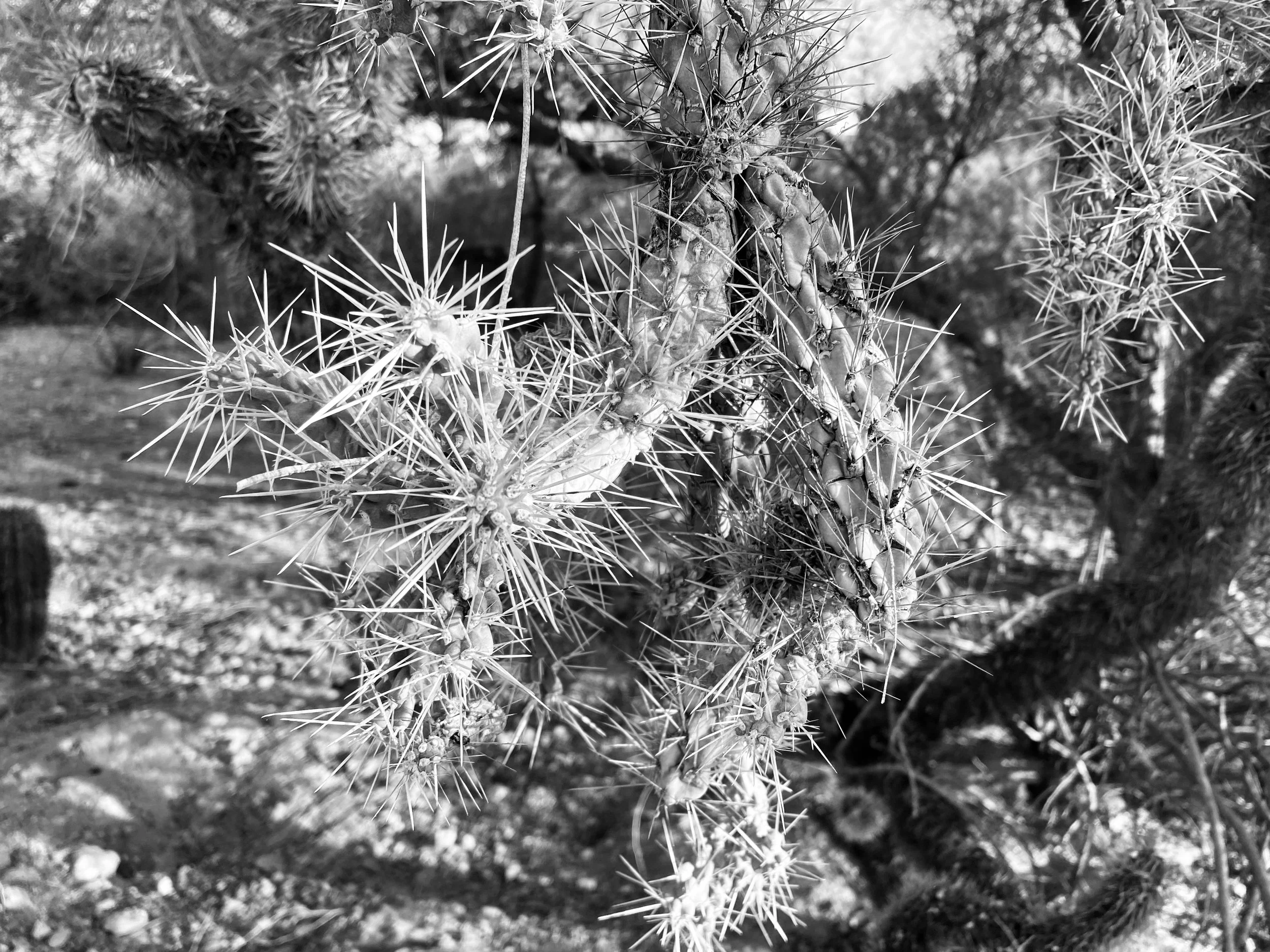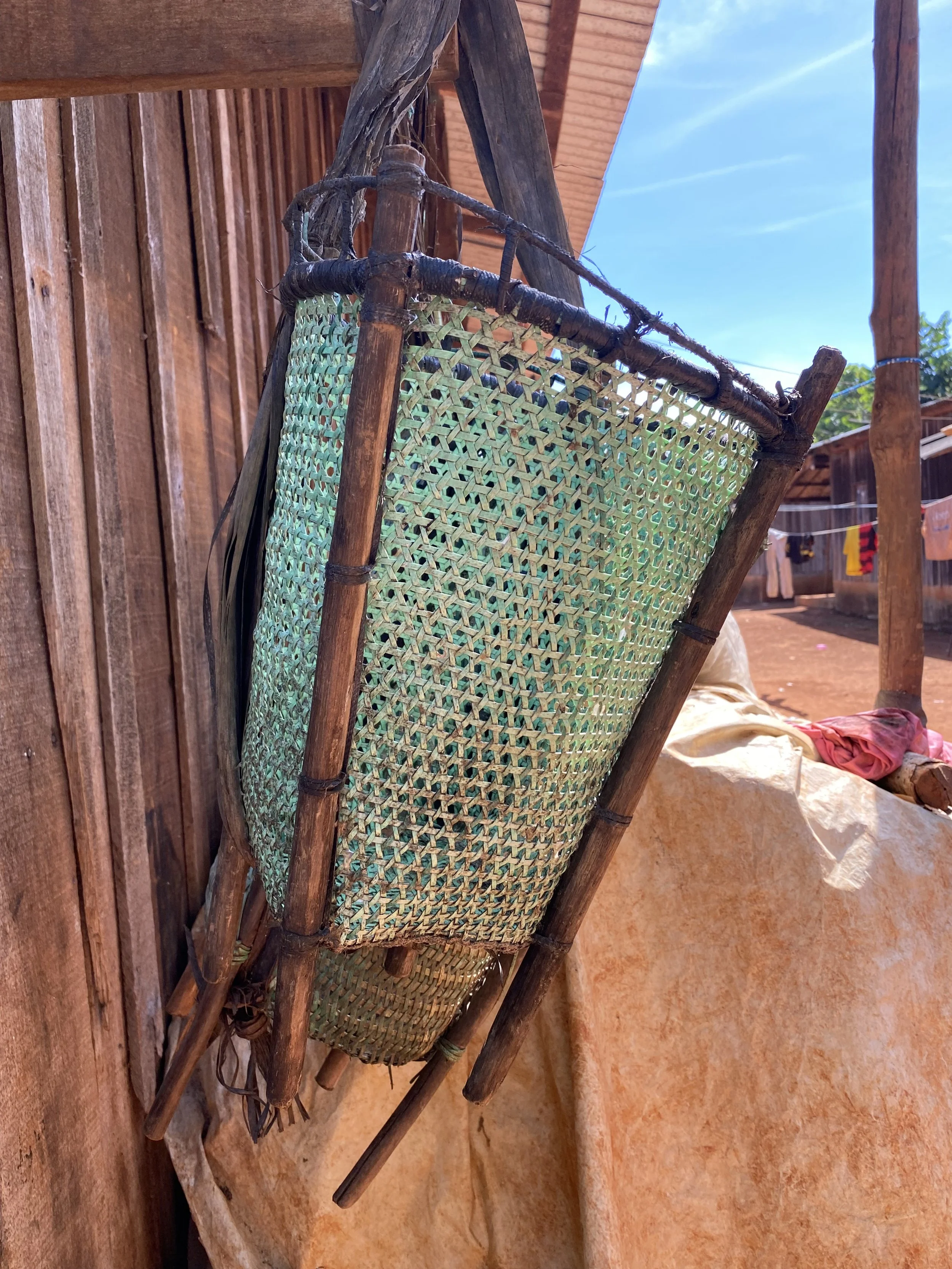










Laura Zanotti
environmental anthropologist * collaborator * artist
Partnering with local communities for just and sustainable futures: art, well-being, and self-determination
Partnering with local communities for just and sustainable futures: art, well-being, and self-determination